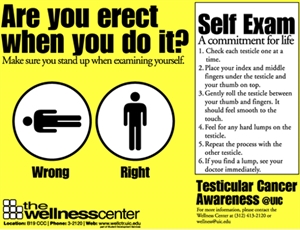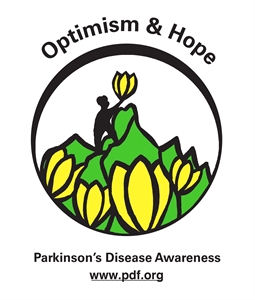National Child Abuse Prevention Month on April, 2025: What are the types of elder abuse?
April, 2025 is National Child Abuse Prevention Month 2025. Free Child Abuse Resource NCAC has free online resources for child abuse professionals
As an Amazon Associate I earn from qualifying purchases.
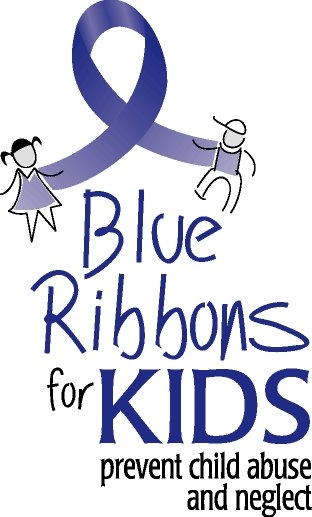
Types:
Physical abuse; hitting punching, slapping, burning, kicking, restraining, false imprisonment, giving excessive or improper medication
Psychological/Emotional: shouting, swearing, frightening, humiliating, namecalling, ridicule, constant criticism, accusations, blaming, general disrespect; ignoring, silence, shunning
Financial: illegal or unauthorized use of persons property, money, pension book or other valuables including changing the person's will to name the abuser as heir; by deception, coercion, misrepresentation or theft; or by evicting from their own home
Sexual: forcing a person to take part in any sexual conduct without consent, including making them participate in sexual conversation; may also include cases where elder is no longer able to give consent (dementia)
Neglect: depriving a perso of food, heat, clothing, or comfort or essential medication and needed services; deprivations maybe intentional (active neglect) or happen out of lack of knowledge or resources (passive neglect)
Some States also recognize:
Rights abuse: as denying the civil and constitutional rights of a person who is old but not declared by court to be mentally incapacitated.
Abandonment: deserting a dependent person with the intent to abandon them or leave them unattended at a place for such a time period that is likely to endanger their health or welfare
Institutional abuse: physical or psychological harms as well as rights biolations in settings where care and assistance is provided to dependent older adults or others.
Some causes: Some abuse is the willful act of cruelty inflicted by a single individual on an older person. High statistics of elder abuse is from repeat offenders, who derive pleasure from it (Schadenfreude). Nick Klassen who committed repeat acts of elder abuse described the feeling of "ecstacy, high, or sense of satisfaction while performing acts of abuse on the elderly."
Sometimes it is due to a lack of knowledge, lack of training, lack of resources, support or finances.
The majority of abusers are relatives, typically the spouse or children of the elder, sometimes it is "domestic violence grown old" as the partner or spouse continues to abuse into old age.
With sons and daughters is is usually financial abuse, justified by "advance inheretance" of property, money and valuables.
Abuse increases with age
78% are over age 70
25% of vulnerable older adults report abuse in the previous month, or 6% of the population
70% is against women (Canadian study)
AEA helpline reports 67% of calls are by abused elderly women
64% happens in the home; 23% in residential care; 5% hospitals
How to help:
AAA Area Agencies on Aging number is in the phonebook in the Blue pages under Abuse/Assault, report abuse to these local authorities
National Committee for the Prevention of Elder Abuse (NCPEA) an assoc of practtitioners, researchers educators and advocates dedicated to protecting vulnerable aging citizens.
Thanks for your concern.
National Center on Elder Abuse; national resource center
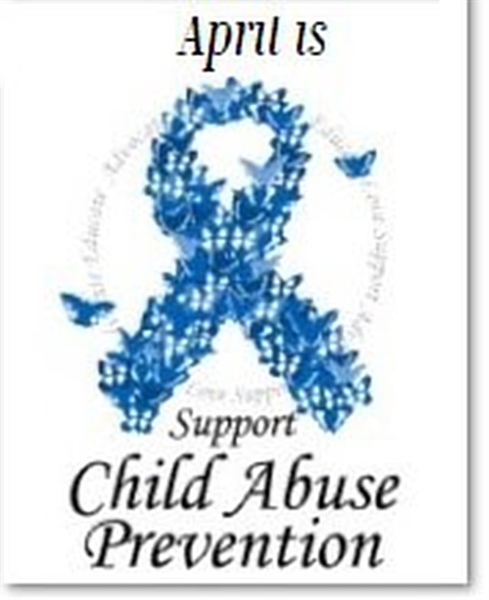
Meaning for every month?
October: cancer awareness/prevention month
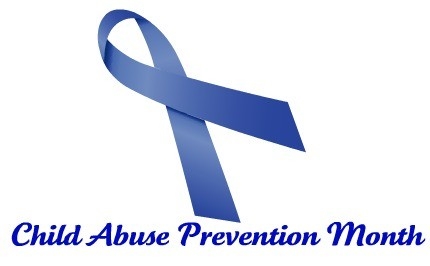
Is there a relationship between child abuse victims and?
That's a very good question.
Child Abuse Statistics in the USA
An estimated 906,000 children are victims of abuse & neglect every year (one every 30 seconds). The rate of victimization is 12.3 children per 1,000 children
Children ages 0-3 are the most likely to experience abuse. About 1 in 50 U.S. infants are victims of nonfatal child abuse or neglect in a year, according to the first national study of the problem in that age group done by the Centers of Disease Control and Prevention along with The Federal Administration for Children and Families.1
1,500 children die every year from child abuse and neglect. That is just over 4 fatalities every day.
79% of the children killed are younger than 4.
On average in the United States in 2006, someone died in a fire about every 162 minutes, and someone was injured every 32 minutes (Karter 2007).
Four out of five U.S. fire deaths in 2005 occurred in homes (Karter 2007).
In 2006, fire departments responded to 412,500 home fires in the United States, which claimed the lives of 2,580 people (not including firefighters) and injured another 12,925, not including firefighters (Karter 2007).
Most victims of fires die from smoke or toxic gases and not from burns (Hall 2001).
Smoking is the leading cause of fire-related deaths (Ahrens 2003).
Cooking is the primary cause of residential fires (Ahrens 2003).
Costs
In 2005, residential fires caused nearly $7 billion in property damage (Karter 2007).
Fire and burn injuries represent 1% of the incidence of injuries and 2% of the total costs of injuries, or $7.5 billion each year (Finkelstein et al. 2006).
Males account for $4.8 billion (64%) of the total costs of fire/burn injuries.
Females account for $2.7 billion (36%) of the total costs of fire/burn injuries.
Fatal fire and burn injuries cost $3 billion, representing 2% of the total costs of all fatal injuries.
Hospitalized fire and burn injuries total $1 billion, or 1% of the total cost of all hospitalized injuries.
Non-hospitalized fire and burn injuries cost $3 billion, or 2% of the total cost of all non-hospitalized injuries.
Groups at Risk
Groups at increased risk of fire-related injuries and deaths include:
Children 4 and under (CDC 1998);
Older Adults ages 65 and older (CDC 1998);
African Americans and Native Americans (CDC 1998);
The poorest Americans (Istre 2001);
Persons living in rural areas (Ahrens 2003);
Persons living in manufactured homes or substandard housing (Runyan 1992; Parker 1993).
Risk Factors
Approximately half of home fire deaths occur in homes without smoke alarms (Ahrens 2004).
Most residential fires occur during the winter months (CDC 1998).
Alcohol use contributes to an estimated 40% of residential fire deaths (Smith 1999).















